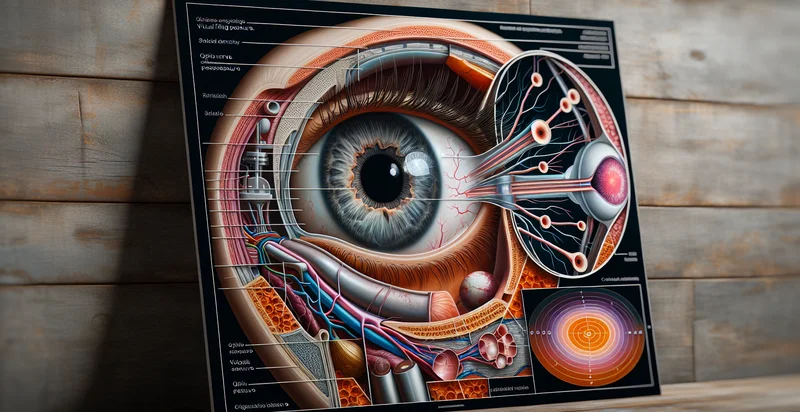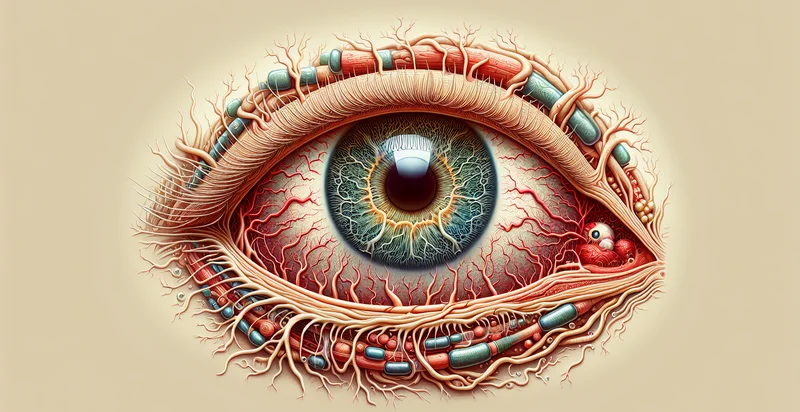Identify glaucoma status
using AI
Below is a free classifier to identify glaucoma status. Just upload your image, and our AI will predict if a person has glaucoma or not - in just seconds.

Contact us for API access
Or, use Nyckel to build highly-accurate custom classifiers in just minutes. No PhD required.
Get started
import nyckel
credentials = nyckel.Credentials("YOUR_CLIENT_ID", "YOUR_CLIENT_SECRET")
nyckel.invoke("glaucoma-status", "your_image_url", credentials)
fetch('https://www.nyckel.com/v1/functions/glaucoma-status/invoke', {
method: 'POST',
headers: {
'Authorization': 'Bearer ' + 'YOUR_BEARER_TOKEN',
'Content-Type': 'application/json',
},
body: JSON.stringify(
{"data": "your_image_url"}
)
})
.then(response => response.json())
.then(data => console.log(data));
curl -X POST \
-H "Content-Type: application/json" \
-H "Authorization: Bearer YOUR_BEARER_TOKEN" \
-d '{"data": "your_image_url"}' \
https://www.nyckel.com/v1/functions/glaucoma-status/invoke
How this classifier works
To start, upload your image. Our AI tool will then predict if a person has glaucoma or not.
This pretrained image model uses a Nyckel-created dataset and has 2 labels, including Glaucoma Present and No Glaucoma.
We'll also show a confidence score (the higher the number, the more confident the AI model is around if a person has glaucoma or not).
Whether you're just curious or building glaucoma status detection into your application, we hope our classifier proves helpful.
Related Classifiers
Need to identify glaucoma status at scale?
Get API or Zapier access to this classifier for free. It's perfect for:
- Early Detection Screening: The true image classification function for 'glaucoma status' can be integrated into routine eye examinations to identify potential glaucoma in patients at the earliest stages. This enables healthcare providers to take timely action and initiate treatment before significant vision loss occurs.
- Remote Patient Monitoring: Telehealth services can utilize this classification function to monitor patients with a history of glaucoma remotely. By analyzing images submitted by patients, healthcare providers can assess the progression of the disease without requiring frequent in-person visits.
- Clinical Research: Researchers can leverage the glaucoma status identifier to analyze large datasets of retinal images for clinical trials. This will help in understanding the disease's progression, evaluating new treatment methods, and enhancing diagnostic algorithms.
- AI-Enhanced Diagnostics: Eye care clinics can integrate the classification tool with existing diagnostic equipment, enhancing the accuracy and reliability of glaucoma diagnoses. This AI-powered solution can assist ophthalmologists in making informed decisions based on vast amounts of imaging data.
- Patient Education and Awareness: Educational tools can incorporate the classification function to help patients understand their glaucoma status through visual aids. By presenting clear images and explanations, patients can become more engaged in their treatment plans and follow-up care.
- Insurance Claim Processing: Insurance companies can automate the claims process related to glaucoma treatments using the classification function. By accurately categorizing the severity of the condition through image analysis, insurers can streamline approval processes and reduce fraudulent claims.
- Personalized Treatment Plans: Healthcare providers can use the glaucoma status identifier to develop individualized treatment strategies based on the specific classification results for each patient. This approach ensures that therapies are tailored to the unique progression and severity of the patient's glaucoma.


